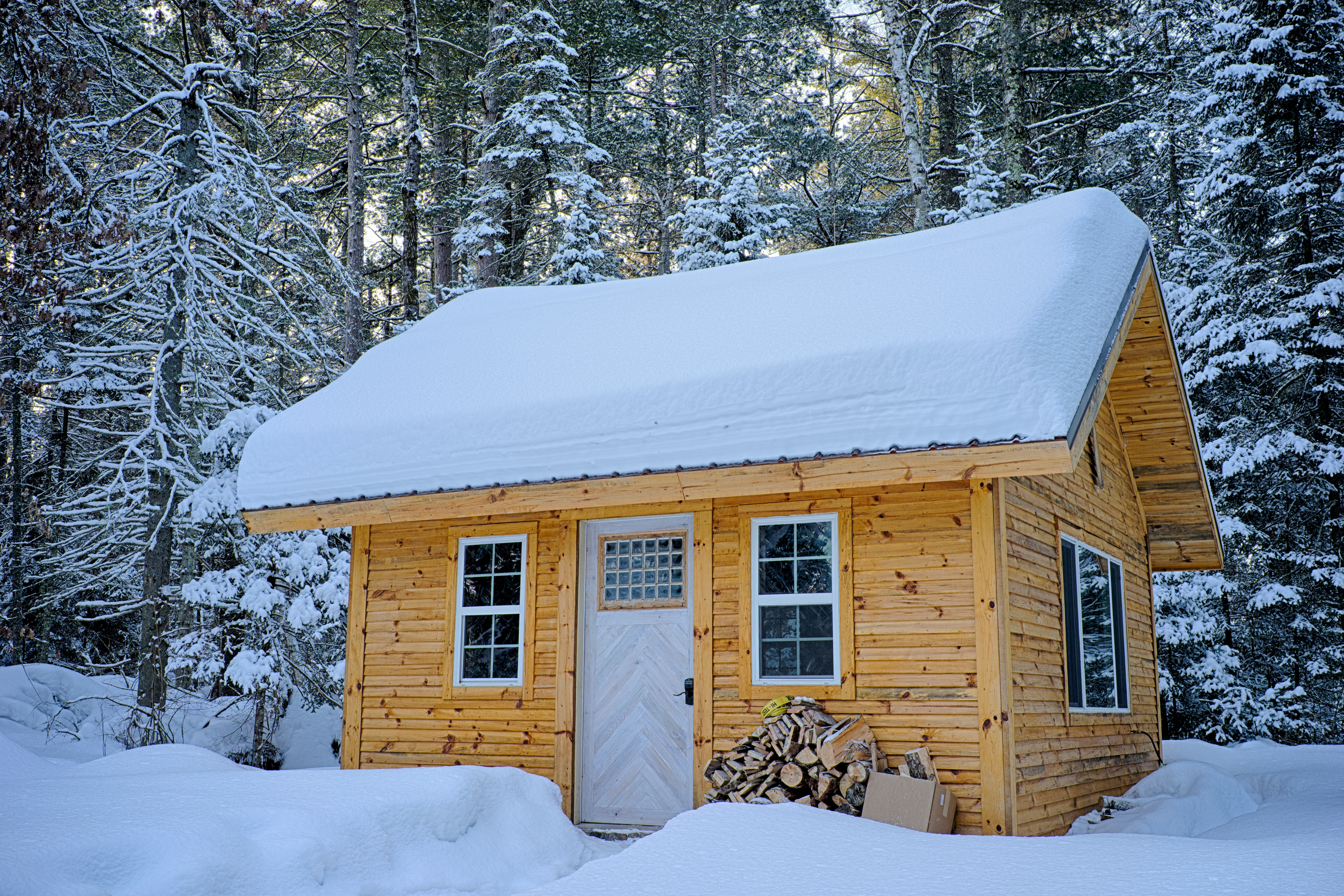What is an Accessory Dwelling Unit
Accessory dwelling units or ADUs are separate self contained living units tucked inside a single family home or sharing a lot with one. ADUs are seeing a rise in popularity thanks to cities that have recently changed or adopted laws that make it easier and more attractive for homeowners to build ADUs. For many homeowners, ADUs can be a great source of rental income or serve as a separate living space for adult children, extended family, or elderly parents. They can also be a work-from-home space, or a place to escape to or run a home-based business. Still, there are enough challenges involved in building one that its generally not a small undertaking. For those willing and able to build an ADU, the rewards can be substantial.

What exactly counts as an ADU?
ADU's can take many forms including:
- a newly constructed stand-alone compact home on a lot with an existing home.
- a home addition that creates a separate self contained living quarter.
- conversion of an existing space such as garage or basement into a separate dwelling.
We commonly hear ADUs called other names, including in-law apartment, granny flat, casitas or backyard cottage. Once common prior to World War II, many consider ADUs to be a more affordable source of housing. This is because they are built without having to purchase land. Land being the biggest component of building housing. If you’re thinking about building an ADU, or buying a home with the intention of building an ADU for rental income or multi-generational living, here are some important factors to consider.
Questions to answer before building an ADU
-
Can I build an ADU on my property?
Before you start sketching layouts and calling contractors, check with your city or county department that oversees planning, construction or zoning to make sure you’re allowed to build, what you’re allowed to build, and where. Rules around ADUs vary widely across the country, and can vary among cities in the same state. Also if your home falls under the governance of a homeowners association (HOA), be sure to check the rules there as well.
-
Who can I hire to build an ADU?
If you’re thinking of building an ADU as a DIY project, do a realistic assessment of your skills and how much you’re prepared to take on. One of the great things about ADUs, especially stand alone ones, is that they are small, and generally only one story tall, making constructing one doable by an advanced or ambitious DIYer. However, while it’s certainly possible to be your own contractor, you'll likely need skilled tradespeople for certain tasks, such as plumbing and electrical. You'll need to determine what you can do, given your skills and time, and what you are allowed to do by code, since some codes require credentialed tradespeople to do certain tasks. More likely, you can expect to hire professionals to do some or all of the work, including the following:
Design:
An architect and/or engineer to draw up plans. If you’re considering a pre-fab home or a kit, check with your local building department to make sure the home you’re considering meets local building codes.
Construction:
A general contractor who can act as conductor for the entire project, or individual contractors who for electrical or plumbing work.
Site work:
Water, power, sewage, and grading, if needed.
If you’re hiring professionals, get recommendations from people who can vouch for their work. The Federal Trade Commissions has good tips on what to look for before hiring a contractor.
Interest and growth in ADU development has given rise to companies who bill themselves as one-stop shops for ADUs. Some offer their own models to choose from, which could make it less expensive than building a custom ADU. If you opt for a pre-fabricated or manufactured home that can be delivered to your property, check with your city or county building department to make sure it meets local building codes.
-
How much does it cost to build an ADU?
As a general rule ADUs don’t come cheap. Even without the land costs, the cost of construction will be high and viable ways of paying for it are generally limited.
The cost will depend on the size and type of ADU, the building site, the materials, fit and finish specified, and local wages. You can save money on the design if you live in a city that offers “pre-approved” building plans that homeowners can use to build their ADU either for free or for a licensing fee. The plans, which can be customized to a degree, speed up the review process because they already meet the city’s building code and design guidelines.
-
Can I finance an ADU?
Financing can be the hardest part of the process. That’s because the majority of traditional lenders don’t offer loans to construct ADUs. The few that do generally write loans only for work done by professional contractors, and those loans tend to carry higher interest rates and require mortgage insurance. Some funding possibilities include:
- Existing savings
- 401K loan
- Cash-out refinance
- Second mortgage
- Home Equity Line of Credit
- A construction loan
- A renovation loan
- A reverse mortgage
- A ground lease agreement
- Private money
- Shared appreciation
- Shared equity agreement
- Alternative funds through local government or non-profits
-
How might I save on the construction cost of an ADU?
Converting an existing space into a separate living unit is likely to cost less than new construction. Keep in mind, however, that every space is different and surprises will certainly pop up. Another way to cut costs is to build a dwelling from plans that have been “pre-approved” by your county or city building department. Buying a pre-built model or kit home also may offer a way to cut costs. Just be sure to factor in all applicable costs, including utility hookups. Some pre-built models only include the structure itself. You’ll want to factor in the cost of anything not included in the kit. Another way to save is by using doors, cabinets, flooring and windows salvaged from other construction or demolition projects can also help you save money. One of the great things about using salvaged materials in an ADU is that since they are small, and require less material the greater the chance you will find enough material at a salvage shop. For example, a salvage shop may have 150 square feet of a certain ceramic tile. THis amount wouldn't be enough for many spaces inside a typical home, but would likely cover the area needed in an ADU, like a kitchen, Check your local business listings to see if there are salvage businesses nearby.
-
Calculate the Return on Investment (ROI) in your real estate market
In cities with high housing costs, rental income can pay for the costs of development in a matter of years. Rental income also can provide a homeowner with future options for downsized living without having to move from their home. Legally permitted ADUs also tend to add value to a property. While ADUs don’t promise instant riches, they can be a good way to build wealth. Some localities, such as San Mateo, California, have created ADU calculators to help people determine whether area rents will generate enough to cover monthly expenses. Beyond that, there are considerations about what is involved in being a landlord.
